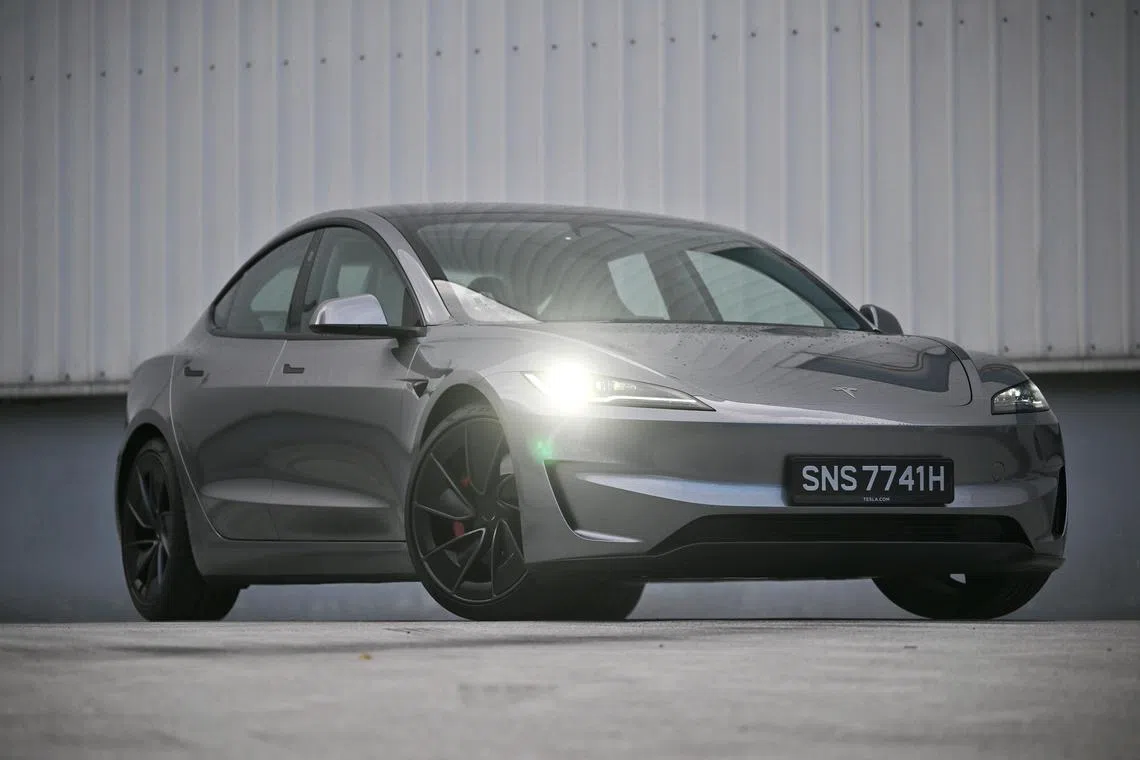Torque Shop: What is a software-defined vehicle?
Sign up now: Get ST's newsletters delivered to your inbox

Software-defined vehicles enable carmakers to put in new technologies to enhance comfort and performance.
ST PHOTO: ARIFFIN JAMAR
Follow topic:
What does the term “software-defined vehicle” mean to motorists and car owners?
There is an ongoing race for carmakers to make their products “smarter”. A software-defined vehicle (SDV) uses software to control various on-board user interface, monitoring and electro-mechanical functions. Think of it as a computer on wheels.
American electric vehicle company Tesla is regarded as one of the pioneers in this field, but other companies have also been using this approach.
The range of software-driven devices in automobiles has been growing, with more functions being incorporated as the software continues to develop.
Most people can relate to digital displays, infotainment systems and user interface. But the major difference between an SDV and a conventional vehicle is its use of computerised driver aids for optimising on-road performance, passenger comfort, vehicle status and dynamic safety, including active driver-intervention.
Highly sophisticated software needs both high-speed computing hardware, super-precise sensors and powerful electro-mechanical components. As a simplified example, sensors that measure vitals, such as speed, or g-force for stability management, send electrical signals to the computer, which performs the analysis and evaluation according to the software algorithm.
The results are sent out to actuating devices, in this case, such as the steering system, brake pump or throttle controller, which must act in a matter of milliseconds to take the necessary corrective actions.
Being based on computer software and processing power also makes it possible for SDVs to have over-the-air updates that can enhance the vehicle’s functionality or fix bugs in the programming.
Although more easily incorporated into fully electric vehicles (EVs), the technologies are very much applicable and adaptable to any hybrid or internal combustion-engine vehicle.
The current generation of SDVs incorporates various levels of autonomous capability, depending on the make, model and the country they are sold in.
In Singapore, autonomous driving is allowed only for parking functions. A number of recently introduced EVs feature driver attentiveness monitoring, in which an intelligent camera is constantly focused on the driver and can detect a yawn or the driver nodding off.
All of these features and more come as standard in SDVs. While clearly a boon to drivers, passengers and traffic safety, there are also concerns about whether such “computers on wheels” are safe against hackers.

